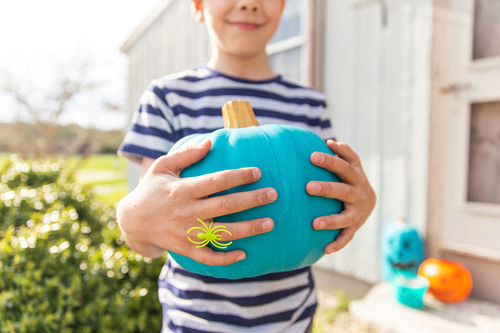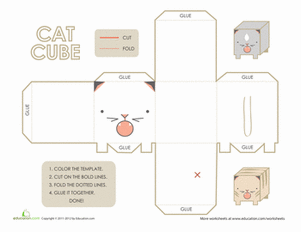Science project
Biodiversity Project
Scientists examine biodiversity in an area to evaluate the health of an ecosystem. By collecting research over a number of years, scientists can determine whether a given species is in decline, experiencing a population increase or is possibly extinct from an area. They can also find out whether invasive species are outperforming native species and pushing them out of their natural habitat. This information can then be used to make decisions about how to manage a habitat.
Though our backyards are often carefully landscaped with non-native plants, there are many different species of plants and animals that can be discovered. Comparing what types of plants and animals you find in your backyard to what types of plants and animals are known to exist in a given region can give you an indication of how healthy the ecosystem of your own backyard is.
A healthy ecosystem contains many species of plants and animals that form a complicated food web. The purpose of this biodiversity project is to examine your backyard to discover the different plants and animals that inhabit this ecosystem.
Problem:
How can you better understand biodiverstiy by simply looking in your own backyard?
Materials:
- Books about local plants, wildlife, insects and fungi
- A magnifying glass
- A notebook
- A sketchpad
- Gloves (optional)
- Camera (optional)
Procedure:
- Go into your backyard with a journal, sketchpad, wildlife books, magnifying glass and optional gloves and camera.
- If you have a large backyard, you may want to limit your observations to one area of it. If you do, make sure that you return to the same area each time. It is possible to complete a biodiversity survey in a square meter, though if you do you most of your observations will be on plants and insects.
- In your notebook, record the date and time.
- Take notes on everything you obsever. Describe colors, markings, size, shape, sounds and smells you notice about each specimen.
- Begin by observing some of the larger plants you see. You could collect leaves or just make sketches of them. If you have a camera, you can take pictures as well.
- Birds may fly in and out of the yard. Take notes, sketches and pictures of them when they do.
- Insects will be crawling on plants or in the soil just below the top layer. Find and take notes, sketches and pictures of these.
- Mammals may also be present in your yard. Be sure to take notes, sketches and pictures of domestic visitors (such as cats and dogs) as well as wild specimens.
- There may also be fungii in the yard. Take notes, sketches and pictures of them as well.
- Identify the specimens you have observed using books or the internet. Your sketches and pictures will help you identify the animals and plants correctly once you leave the field. Taking detailed notes on the specimens you see, such as the examples below, will also help you correctly identify the specimens.
- Return to the same area at different times of day. Your study will show more accurate results the more you observe.
Animal: frog
Color: tan with six black spots on each side
Size: 2 cm long
Shape: large, triangular head about ½ the size of the body
Sound: creaking noise that stopped when the frog was caught
Smell: no distinctive smell
Other: the frog tried to hop away when I found it in the grass, but was easily captured and then remained still while I held it and made observations
Terms/Concepts: Biodiversity; Native species; Invasive species; Ecosystem; Food web; Food chain; Niche; Animal; Plant; Fungus
Education.com provides the Science Fair Project Ideas for informational purposes only. Education.com does not make any guarantee or representation regarding the Science Fair Project Ideas and is not responsible or liable for any loss or damage, directly or indirectly, caused by your use of such information. By accessing the Science Fair Project Ideas, you waive and renounce any claims against Education.com that arise thereof. In addition, your access to Education.com's website and Science Fair Project Ideas is covered by Education.com's Privacy Policy and site Terms of Use, which include limitations on Education.com's liability.
Warning is hereby given that not all Project Ideas are appropriate for all individuals or in all circumstances. Implementation of any Science Project Idea should be undertaken only in appropriate settings and with appropriate parental or other supervision. Reading and following the safety precautions of all materials used in a project is the sole responsibility of each individual. For further information, consult your state's handbook of Science Safety.












